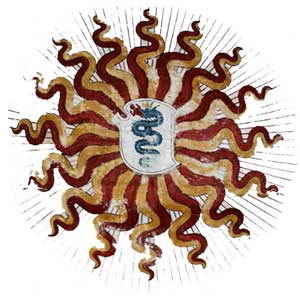

However, when Filippo Maria died in 1447, the Milanese did not recognise Francesco as the legitimate heir of the Duchy and rebelled to establish the Golden Ambrosian Republic.
So, in 1449, Sforza besieged Milan for eight months, blocking all the transport routes that connected it to the outside, such as the canals and roads. Its people were starving due to a lack of supplies and finally gave in, and so Francesco officially entered the city on 22 March 1450 with his wife and son Galeazzo Maria. He remained in charge for 16 years.
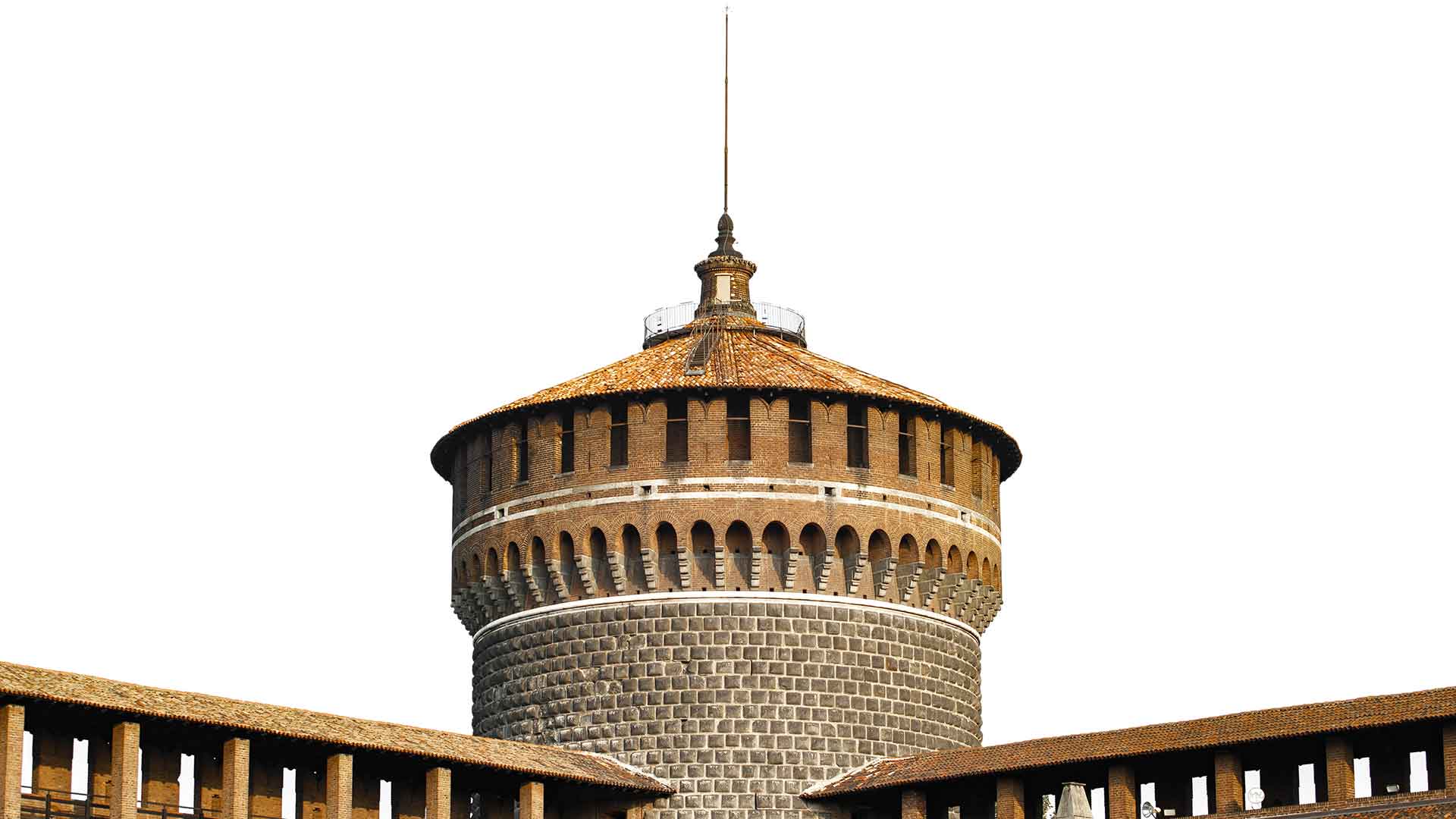
However, when Filippo Maria died in 1447, the Milanese did not recognise Francesco as the legitimate heir of the Duchy and rebelled to establish the Golden Ambrosian Republic.
So, in 1449, Sforza besieged Milan for eight months, blocking all the transport routes that connected it to the outside, such as the canals and roads. Its people were starving due to a lack of supplies and finally gave in, and so Francesco officially entered the city on 22 March 1450 with his wife and son Galeazzo Maria. He remained in charge for 16 years.
The strong political and economic ties that Milan had with Florence and its vicinity to Padua actually made it easier for the artistic language of the Renaissance to spread throughout the city. It was associated with classical culture and new beauty standards that were based on harmony and mathematical proportions.
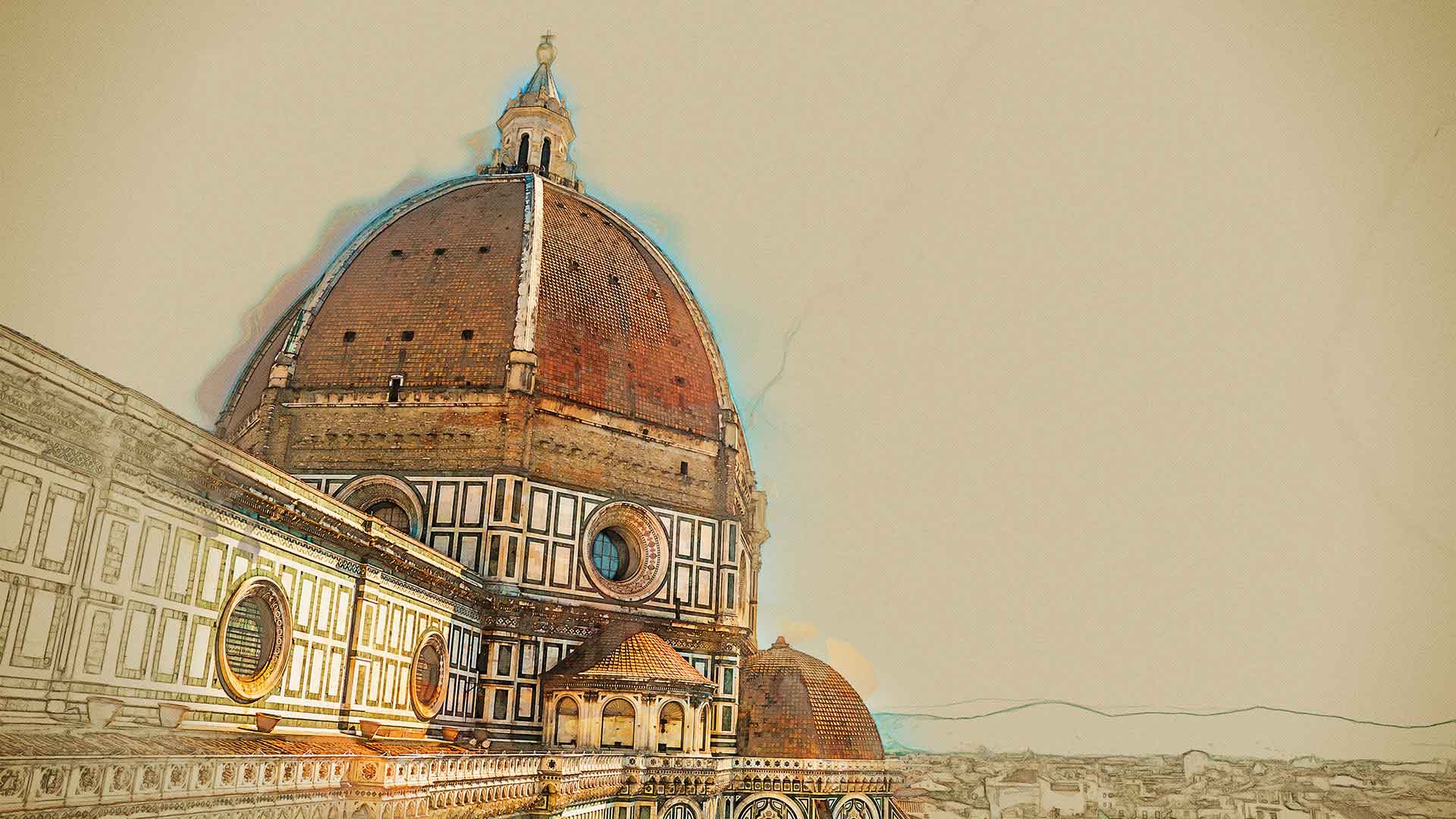
The strong political and economic ties that Milan had with Florence and its vicinity to Padua actually made it easier for the artistic language of the Renaissance to spread throughout the city. It was associated with classical culture and new beauty standards that were based on harmony and mathematical proportions.
As a tribute to the Sforza family, Filarete named his design of an ideal city Sforzinda, which he created around the middle of the century. It had a star-shaped layout and a road network branching off from the centre.
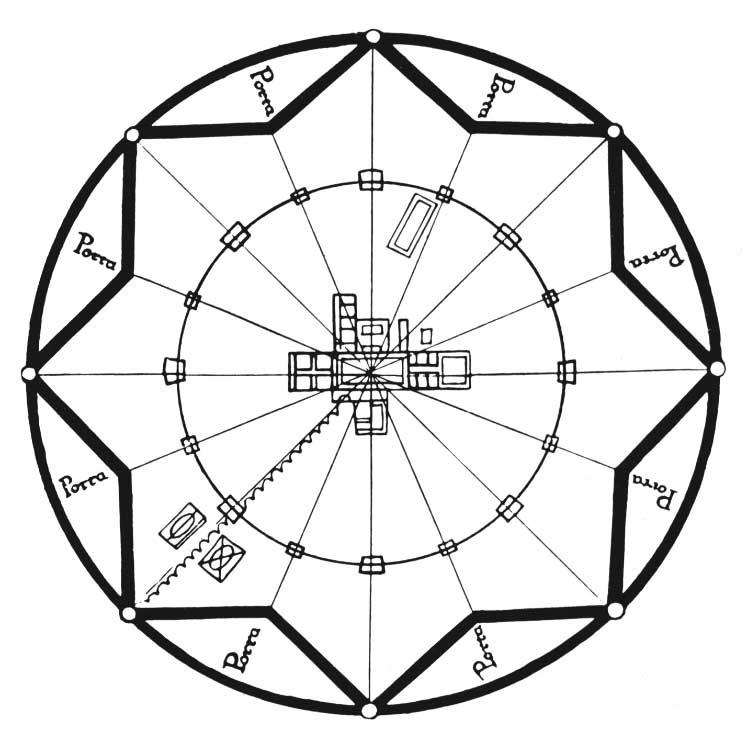




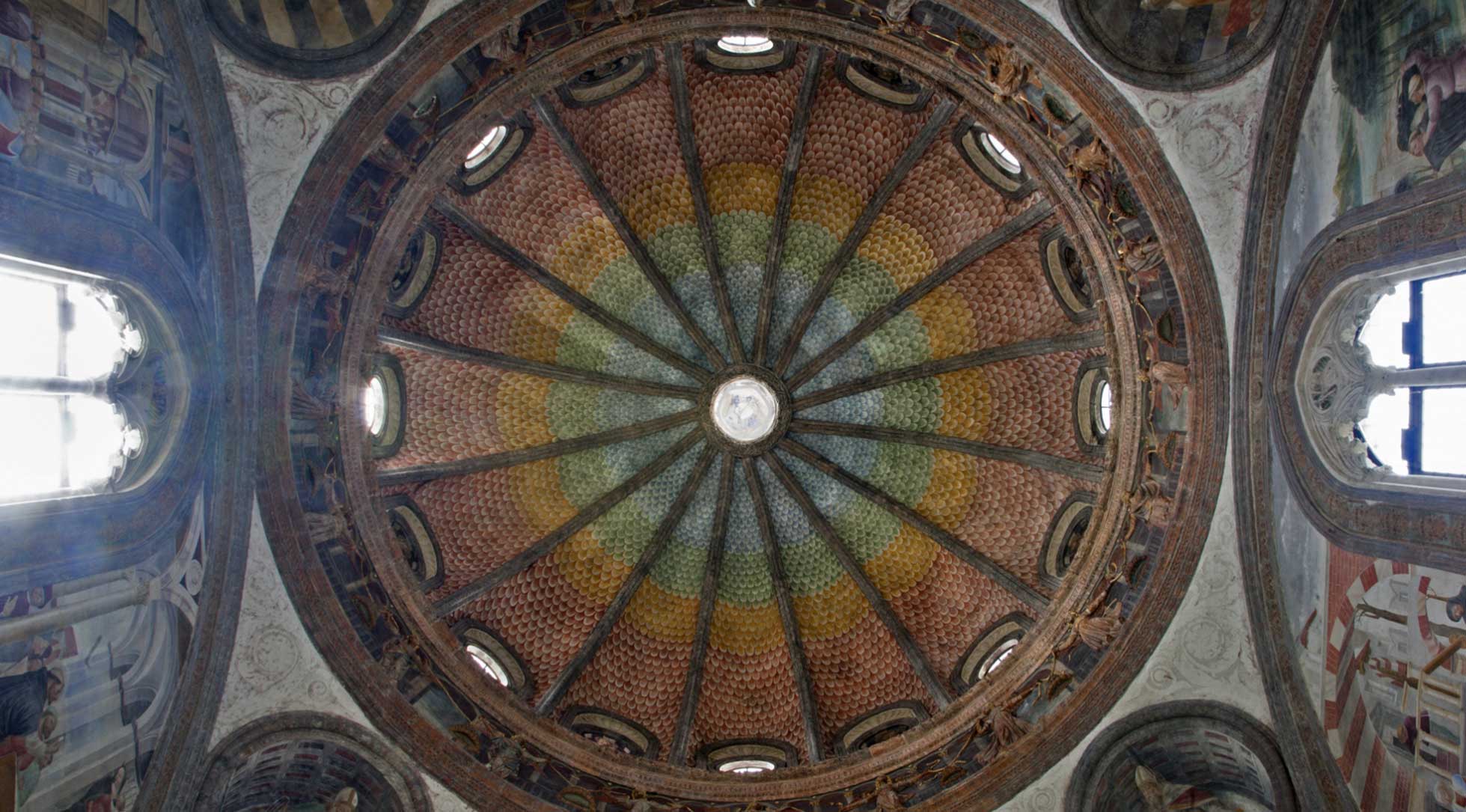
Francesco Sforza died in 1466. He was succeeded by his son Galeazzo Maria, who was assassinated ten years later, leaving the Duchy to his seven-year-old son Gian Galeazzo. A few years later, his uncle, Ludovico, also known as il Moro, managed to depose his nephew to become the Duke of Milan.
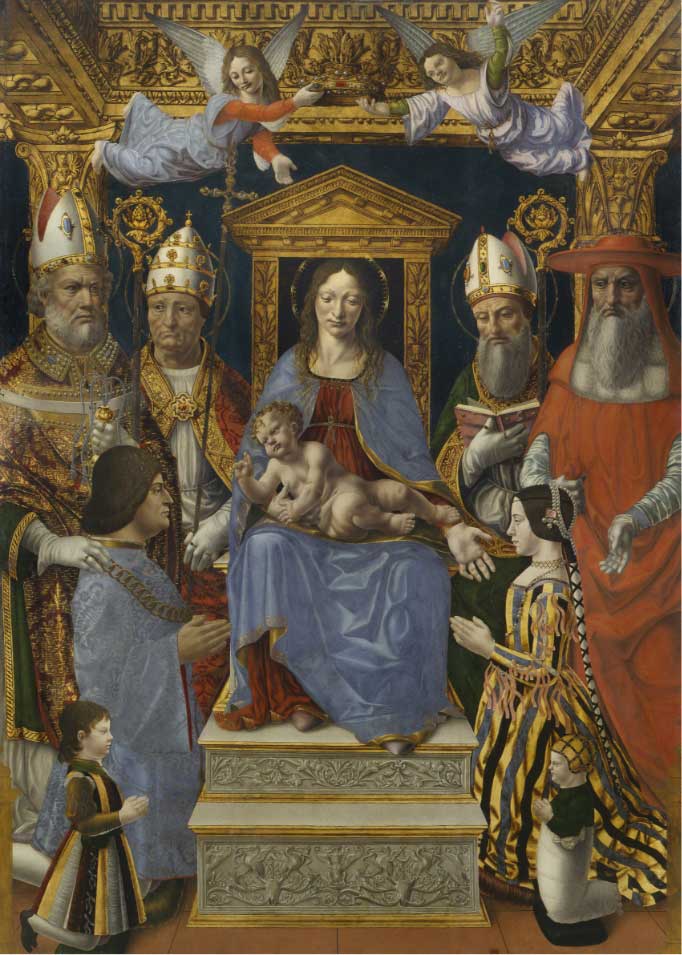
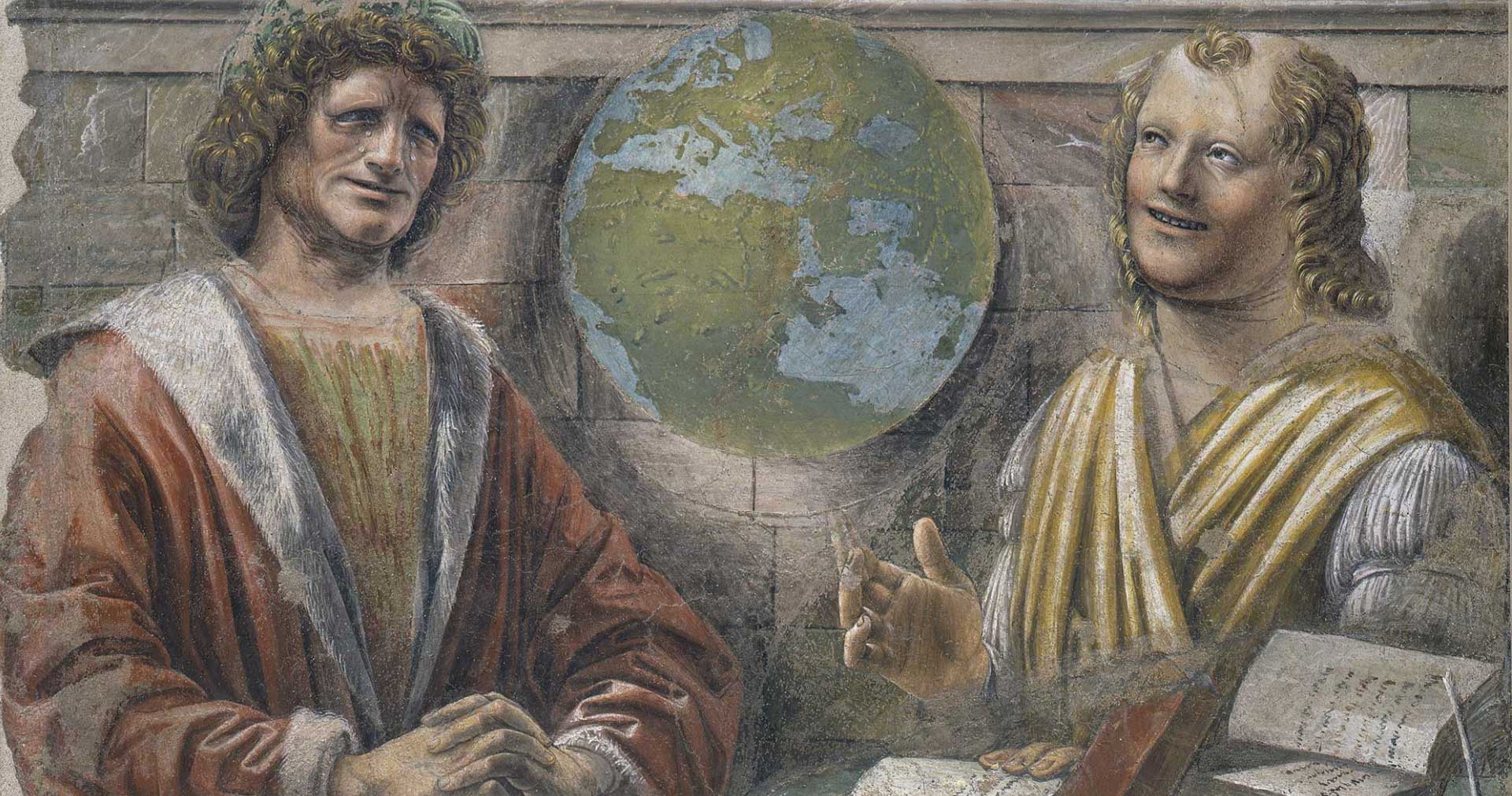

However, Bramante resolved the issue with great skill, exploiting the rules of perspective, which he was particularly knowledgeable about, to make a false choir. This allowed him to create a completely imaginary space. In fact, with less than one metre of depth, he managed to create the illusion that the architecture extended back by almost ten metres.

Bramante also worked on the reconstruction of the chancel of the Dominican church of Santa Maria delle Grazie, which il Moro had decided would be the place of burial for his family.
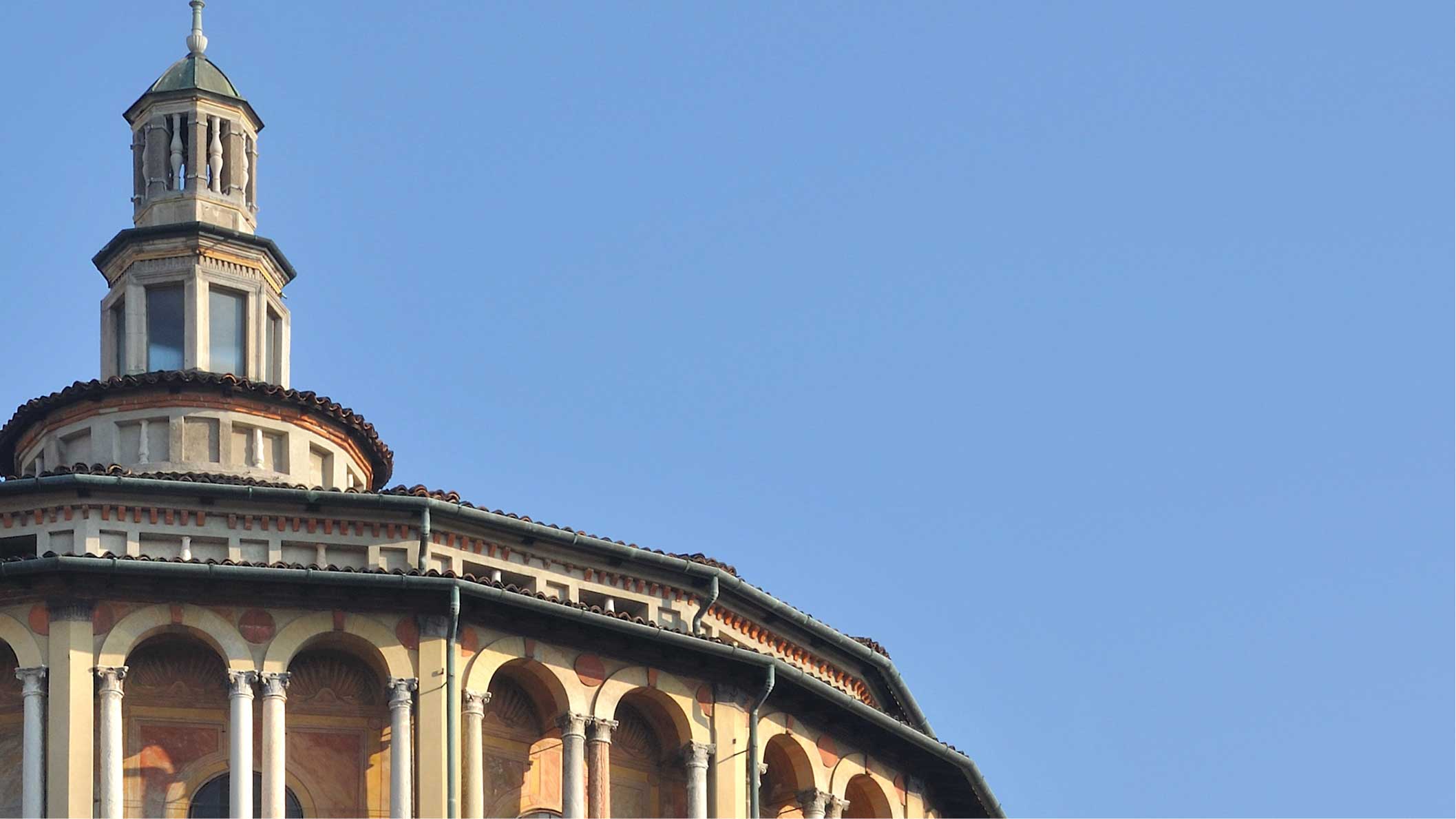
Bramante also worked on the reconstruction of the chancel of the Dominican church of Santa Maria delle Grazie, which il Moro had decided would be the place of burial for his family.




After he left Milan for the last time in 1513,
his apprentices, such as Cesare da Sesto, Bernardino Luini, Giovanni Antonio Boltraffio
and Andrea Solario, continued to use the painting style
of their Tuscan teacher, which spread throughout the Duchy of Milan
and neighbouring territories, where Leonardo himself had also spent some time.